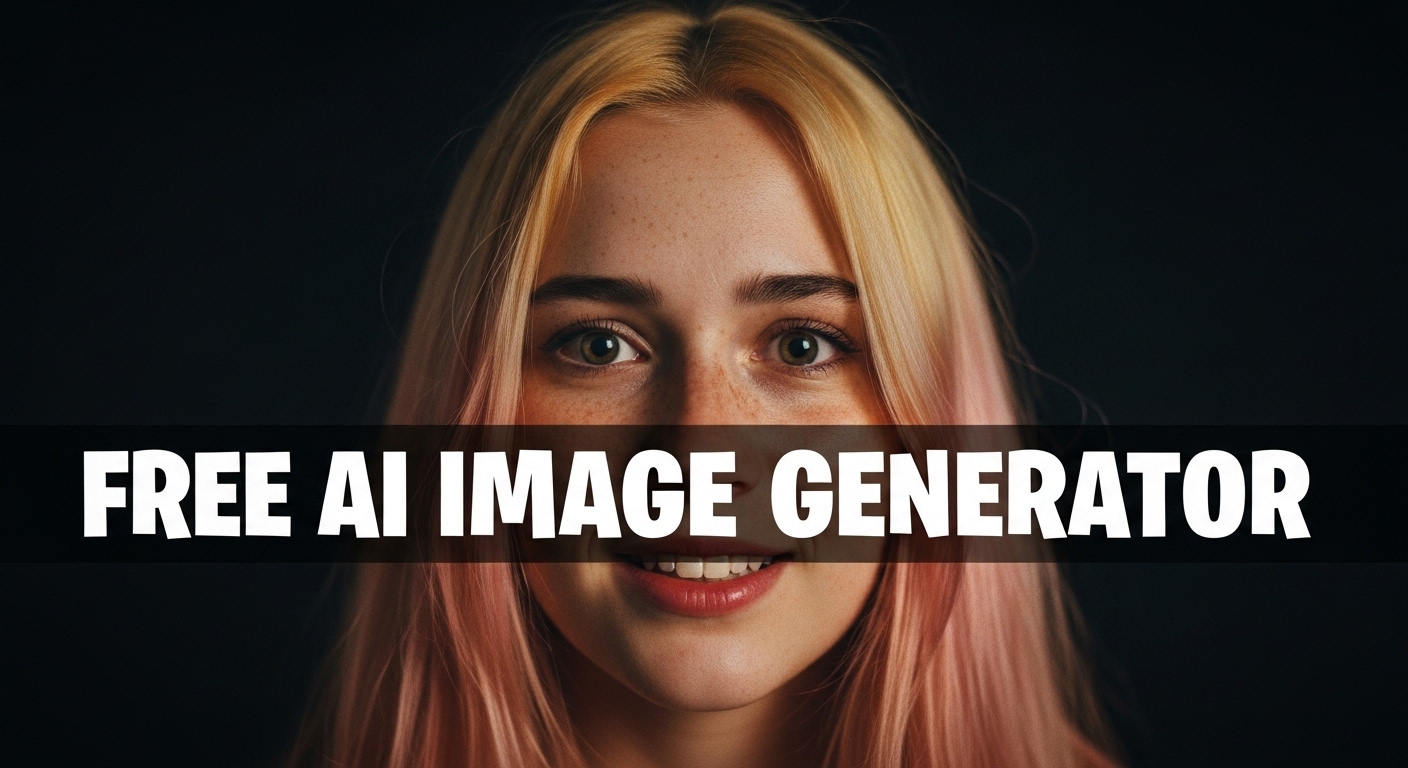Databending Image Generator
Databending Image Generator is a free online tool to generate databending style images. The tool is free to use, just enter prompt in databending style and generate databending image style in seconds similar quality to flux, midjourney, open ai, imagen, nano banana AI image quality.
Generate Databending AI Image for Free
What is a databending Generator?

A databending generator is an AI-driven tool that simulates the visual artifacts produced when data files are intentionally corrupted, reinterpreted, or recombined. Instead of random noise, this generator models typical databending signatures such as bit-shifted color channels, JPEG quantization anomalies, row corruption, and byte-level misalignment, then applies them in a controlled, artist-friendly interface to create aesthetic glitch images.
Photographers, digital artists, designers, musicians, and researchers use databending generators to craft visuals that evoke unstable digital media and broken transmission. Creatives use it to add retro-futuristic texture to album art, motion designers use animated datamosh frames for video, and visual researchers use reproducible corruption to study perception of degraded images.
How to Create databending Images
Start by choosing a base image or a textual prompt, then pick a databending preset or manually adjust parameters such as byte shuffle intensity, channel offset, quantization level, and pattern seeds; generate a preview to fine-tune color drift and artifact density, and finally export the result in your chosen resolution and format for further editing or publication.
Enter AI Databending Prompt
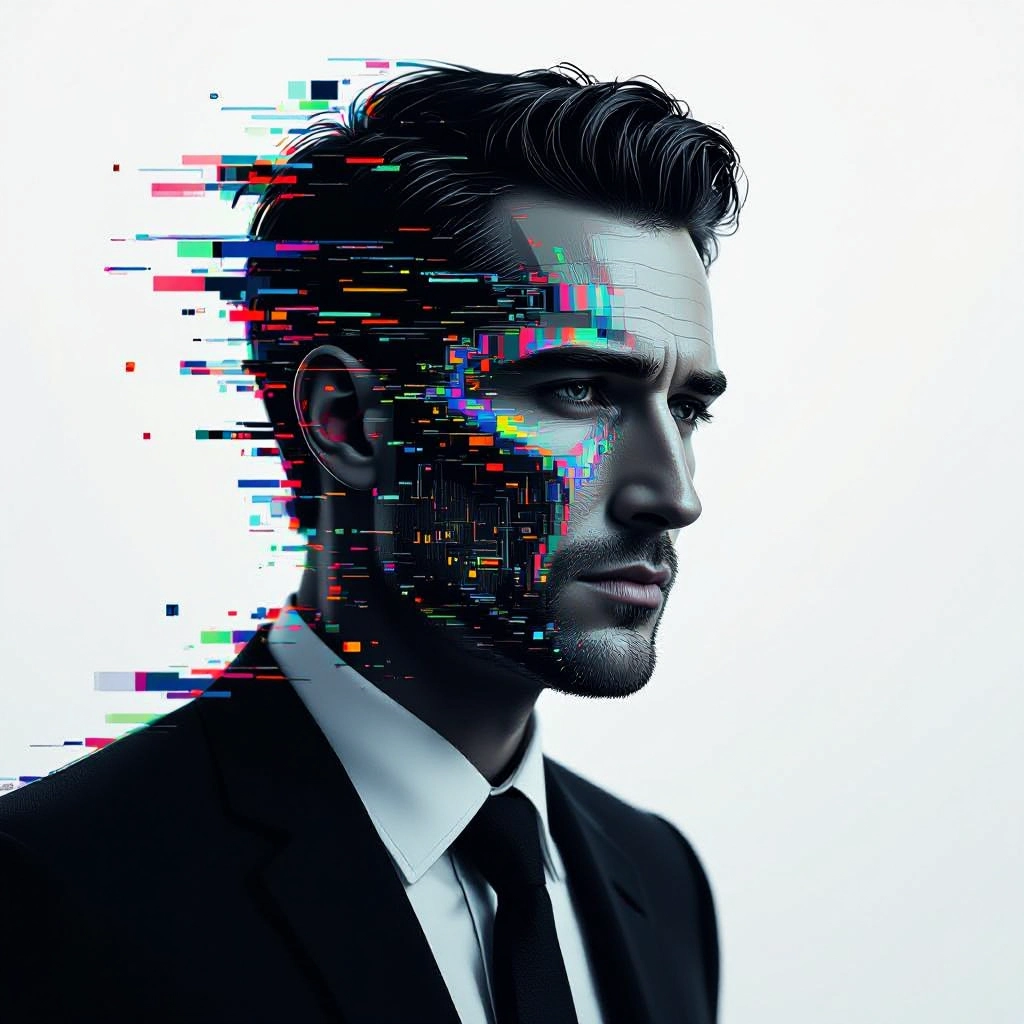
Type your databending character or scene description in the prompt box. Include details like character appearance, clothing, expressions, and setting to get better AI databending results.
Choose AI Model Settings
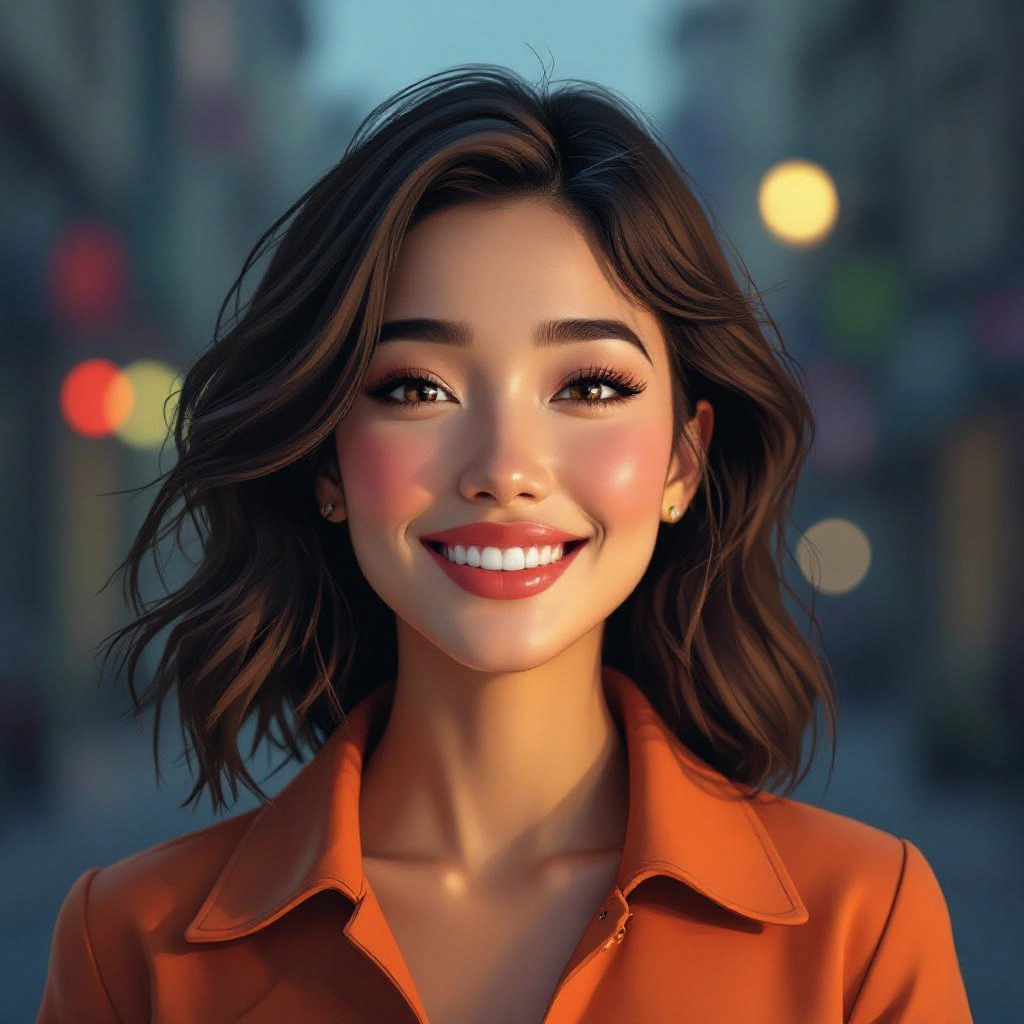
Select your preferred image size and aspect ratio. Our AI model delivers professional quality comparable to:
- • Flux AI Quality
- • Midjourney Standard
- • OpenAI DALL-E
- • Google Imagen
Download AI Databending Image

Once your AI databending image is generated, click the download button to save it to your device. The image will be in high quality format ready for use.
Features of AI databending Image Generator
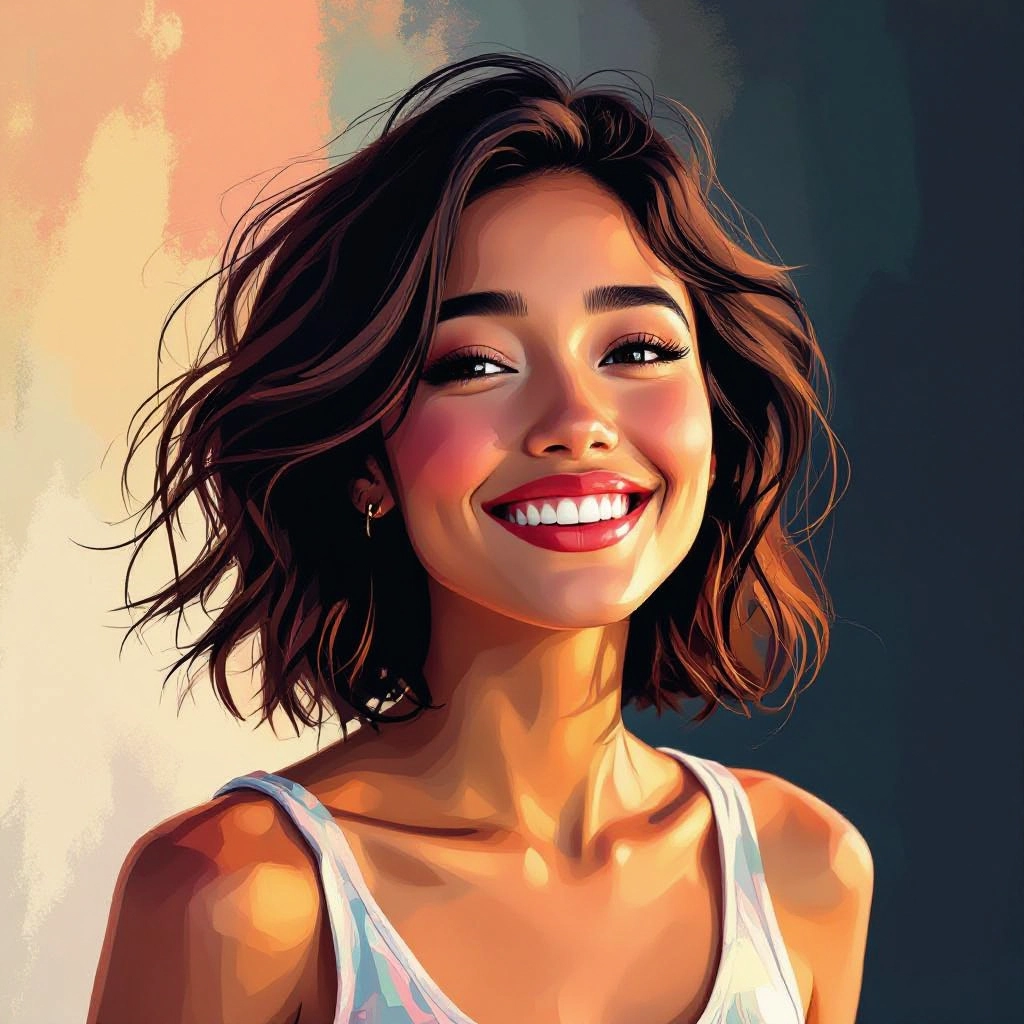
Byte-level Corruption Controls
Precise sliders let you simulate controlled file corruption by shifting bytes, injecting noise patterns, or swapping segments so you can dial in subtle clipping or full-on collapse artifacts without breaking the image file format.
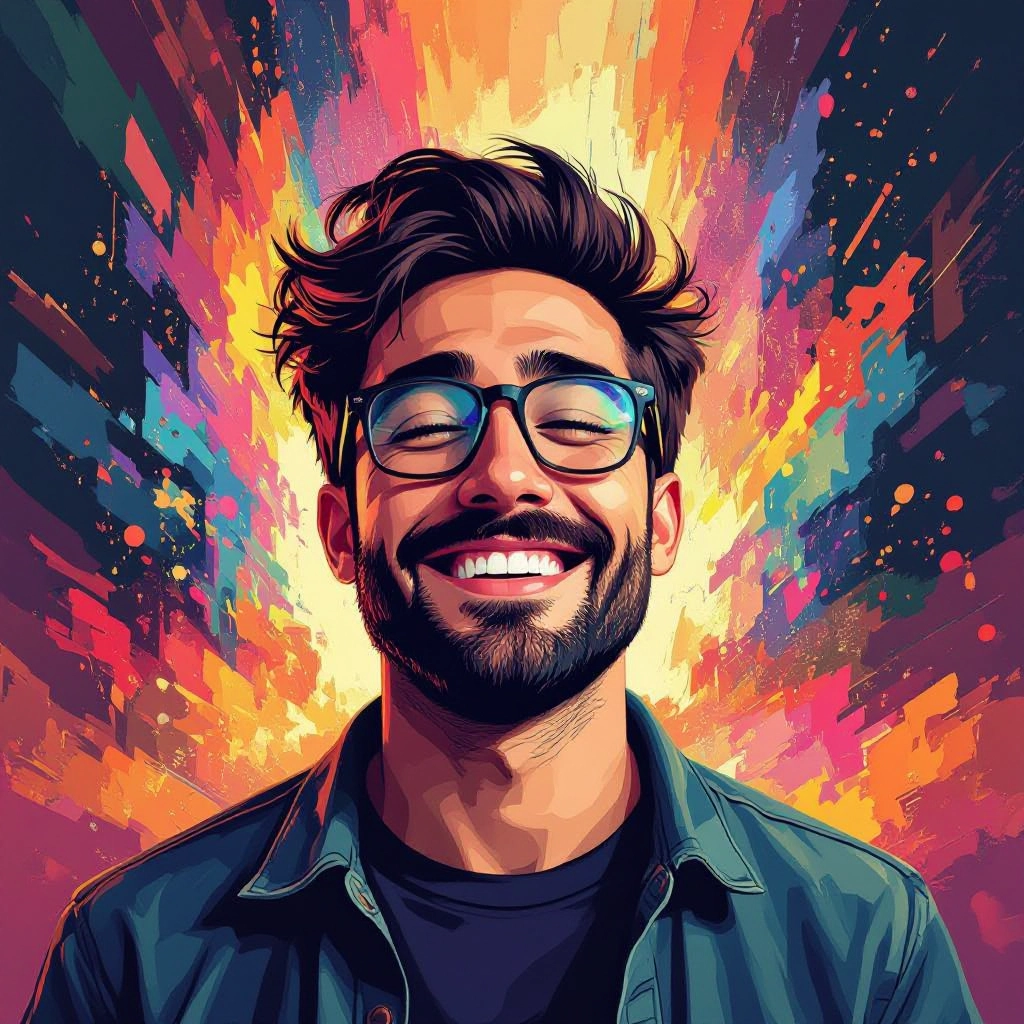
Channel Slice and Offset Tools
Independently shift red, green, and blue channels, create misalignment streaks, and remap channels to generate chromatic aberration, rainbow banding, and surreal color separations unique to databending.
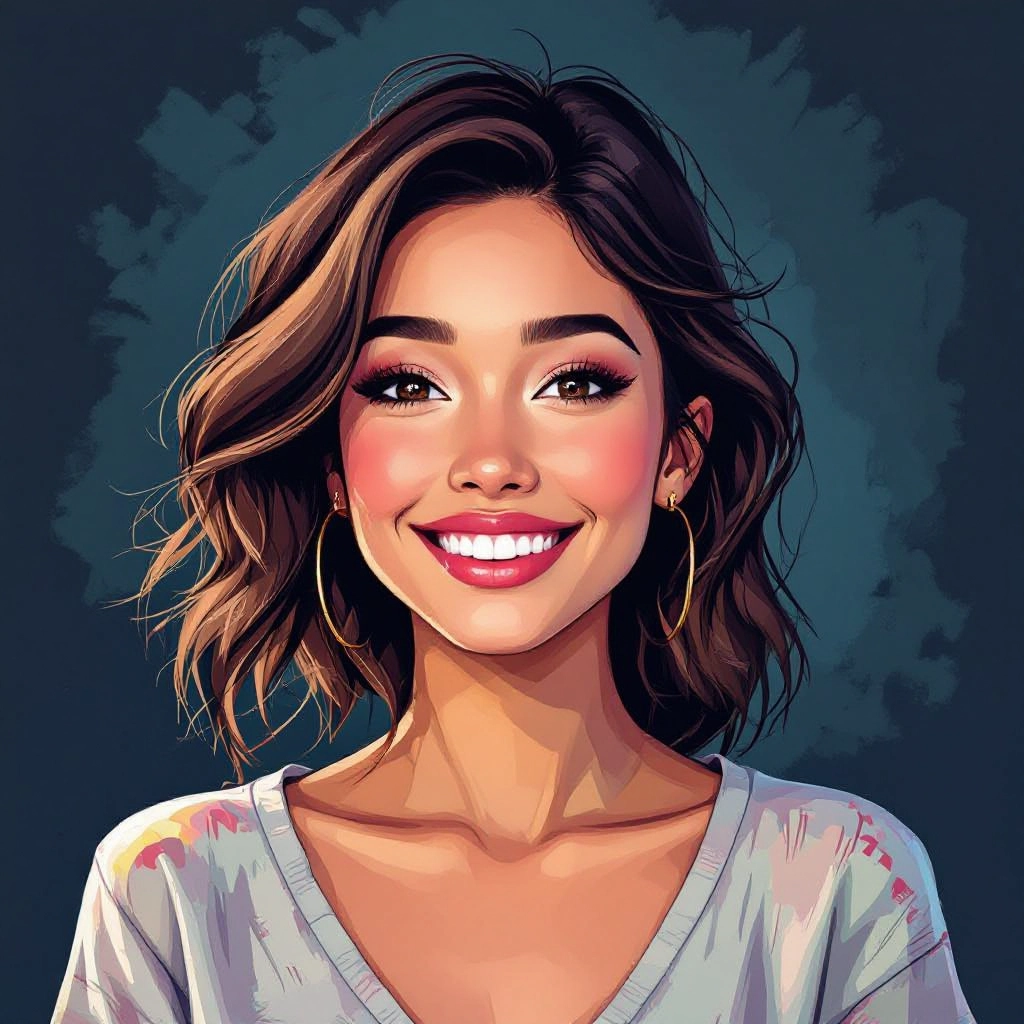
Datamosh Motion Presets
Animated datamosh presets reproduce frame blending, macroblock smear, and codec-like frame dependency so you can export loopable glitch animations or sequence stacks for video use.

Seeded Reproducibility and Batch Mode
Save and share numeric seeds to reproduce exact corruption results later, and run batch generation to apply consistent databending styles across multiple images for cohesive series or collections.
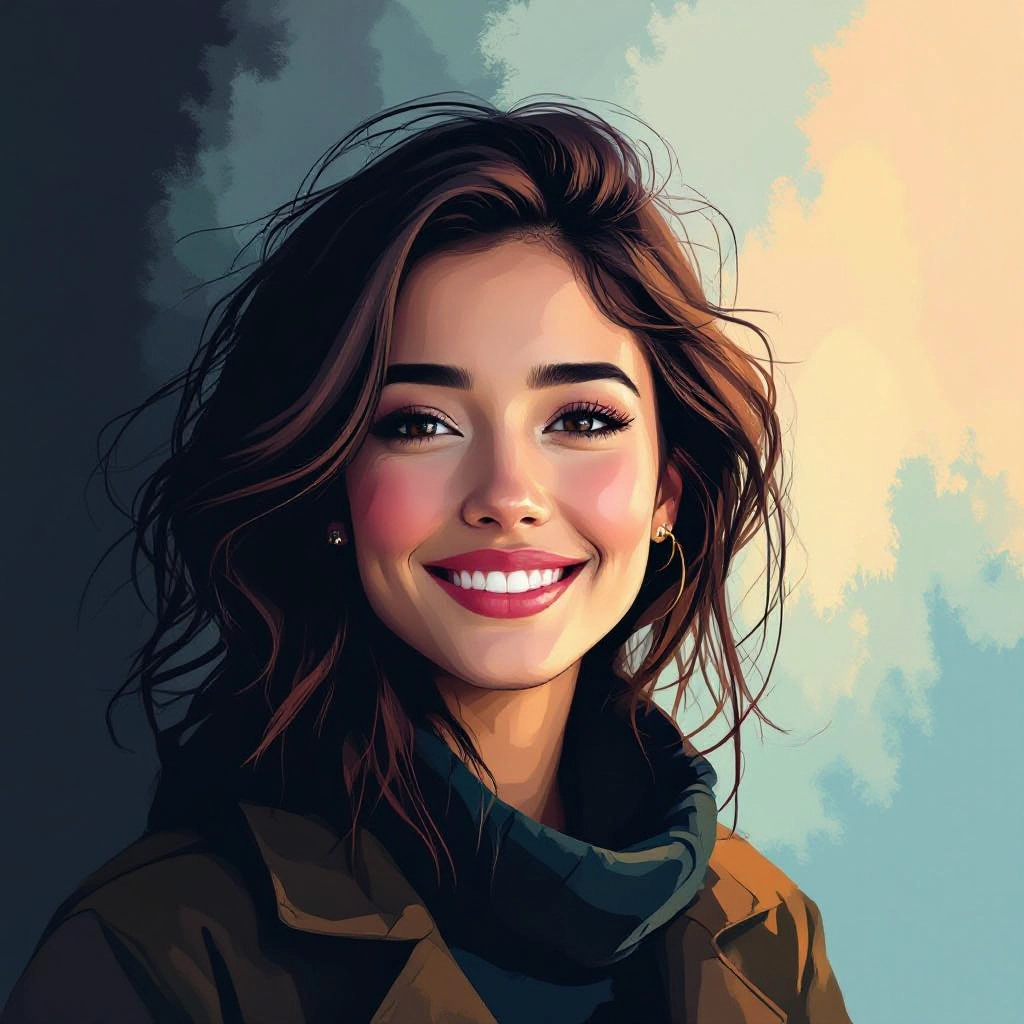
High-resolution Export and Layered Outputs
Export high-resolution glitch images in PNG, TIFF, or layered PSD so you can retain artifact fidelity for print, composite databent layers in editing software, or preserve editable layers for further retouching.
Types of AI Powered Databending Style Images
Databending covers a spectrum of visual effects from mild chromatic slips to total file collapse. Below are common stylistic categories you can generate and combine using the tool.
Channel Slice Portraits
Portraits with separated color channels and staggered offsets that create ghost outlines, rainbow halos, and a tactile sense of misaligned color planes.
Datamosh Motion Frames
Frames that mimic codec failures and inter-frame blending, producing smeared subjects, trailing artifacts, and surreal motion continuity breaks ideal for video loops.
JPEG Crush Textures
Intense compression-style artifacts that emphasize macroblock tiling, posterization, block edges, and banding to produce gritty, low-bandwidth aesthetics.
Palette Corruption
Color table remapping and lookup corruption that generate unexpected palettes, sudden hue flips, and psychedelic banded gradients for experimental color studies.
Pixel Stretch Landscapes
Horizontal or vertical pixel stretching and row dragging that elongate features into abstract ribbons, useful for surreal landscapes and generative backgrounds.
File-collapse Abstraction
Aggressive byte insertion and segment swapping that break image structure into abstract blocks, noise fields, and unpredictable geometry for avant-garde compositions.
Applications of AI databending image style
Album and Cover Art
Use databent visuals to create striking album covers that convey digital decay, club culture aesthetics, or dystopian textures that stand out in streaming thumbnails.
Motion Design and Video Effects
Generate datamosh sequences and corrupted frames to integrate into music videos, promos, and transitions for an organic glitch motion vocabulary.
Brand and Advertising Visuals
Brands adopt controlled databending to craft edgy campaigns, limited edition product visuals, or attention-grabbing social media posts that feel handcrafted yet digital.
UI Experiments and Game Art
Designers incorporate databending for in-game UI distress effects, error-state storytelling, and atmospheric textures that signal instability or narrative failure.
Academic and Perception Research
Researchers use parametrized databending to study human perception under degraded conditions, testing recognition, color constancy, and visual search with reproducible artifacts.
Textiles and Print Design
Convert databent patterns into repeatable motifs for fabric prints, posters, and physical products where glitch textures translate into tactile, modern designs.
FAQs about AI databending image generator
Can I upload my own image to databend?
Yes. Upload a base image and the generator applies databending transforms to your file. The system works on most common formats and preserves original resolution when possible.
How do I control the intensity of corruption?
Adjust sliders for byte shuffle, channel offset, quantization, and pattern seed. Preview mode shows incremental results so you can fine-tune from subtle drift to full collapse.
Are the results reproducible?
Yes. Each generation can use a numeric seed. Saving the seed and parameter set will reproduce the exact same corruption on the same source image and settings.
Which file formats can I export?
Export to PNG, JPEG, TIFF, and layered PSD for advanced editing. Animated datamosh output is available as GIF or video formats depending on your export settings.
Does databending damage my original files?
No. The generator works on copies of uploaded files and creates new corrupted outputs. Your original files remain unchanged unless you overwrite them manually.
Are there ethical or legal concerns with databending?
Databending visual effects are generally legal as artistic transformations. Avoid applying databending to copyrighted material without permission and be mindful when presenting real images of people altered into distressing contexts.

Explore All Image Generators
More generators coming soon!
